6 Indoor Photography Tips For Tourist Attractions
Exploring Sydney and surrounds, we spend most of our time outside. We love hiking and biking in the temperate weather, and as an added bonus we have heaps of natural light as we hone our photography skills. However, even beautiful Sydney we get some meh days, weather-wise.
This past weekend brought a bit of rain and clouds, so we ducked inside for a day at the Sydney Sea Life Aquarium. Fish fascinate CZ, and we wanted to capture her current level of wonder and awe for our annual photobook. Snapping away, we remembered how tricky photo low light with lots of crowds. As we went through the exhibits, we made mental notes of the strategies we used for better low light museum photos.
6 Indoor Photography Tips for Tourist Attractions
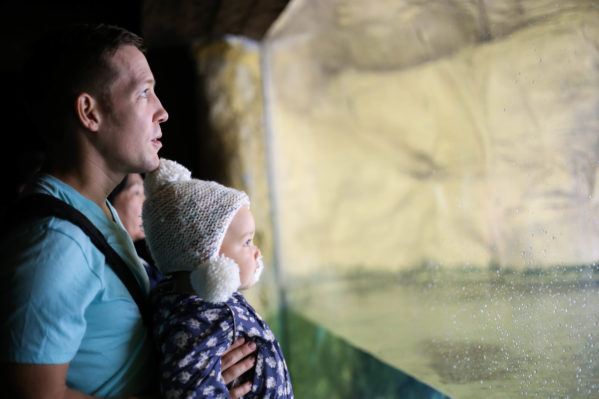
1. Look into the light. Outside, looking into the sun can create harsh shadows, but in dim indoor lighting this will illuminate your subjects’ faces. In situations like above, the light falls off quickly, and this separates CZ and I from the crowd with a curtain of darkness behind us.
Fortunately, CZ wanted to go nose to beak with the South Coast Shipwreck exhibit’s tiny penguins. Our turn to approach the glass, provided the perfect opportunity for a portrait with us looking into the light. You can see a glimpse of someone behind us, but otherwise have no idea we are surrounded by about 40 other people.
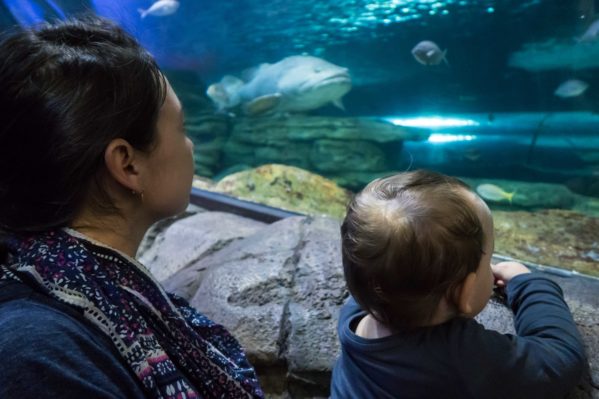 2. Seek out slivers of natural light. Window lighting creates a nice soft light for illuminating the subject in a portrait. The internet is full of photographic examples, and you have seen plenty of these photos, even if you don’t consciously remember them.
2. Seek out slivers of natural light. Window lighting creates a nice soft light for illuminating the subject in a portrait. The internet is full of photographic examples, and you have seen plenty of these photos, even if you don’t consciously remember them.
In the image above, we walked through an overhead aquarium tunnel, and the sunlight penetrated through the pool above, lighting EZ and CZ as they watched the fish. Notice how the top of their heads appear to have a spotlight on them. Additionally, this provided nice lighting for a portrait of the gargantuan grouper.
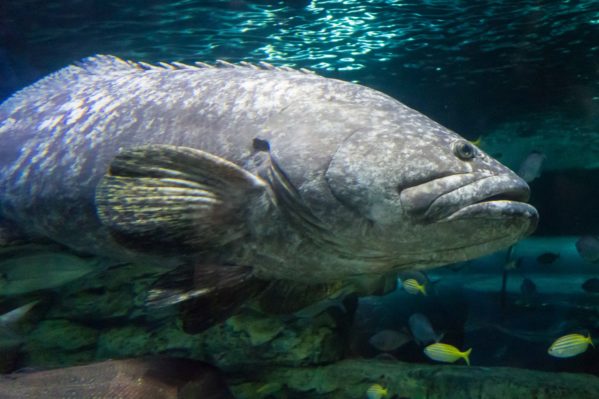
3. Fill the frame with your subjects. In busy attractions, zoom or stand closer to your subjects so they fill frame, and this hides the crowds and distractions behind them. Standing closer is also a great way to prevent people from walking through your frame. It also prevents you from holding up traffic because someone was considerate enough to stop for your photo.
In the photo below, I use EZ and CZ to block out the background for the majority of the frame, concealing the chaos behind them. Additionally, their heads create a parallel line through the left side of the image, and they also create a pseudo-triangle, coming to a point on the right side of the image. When I look at the picture, my eye naturally follows their faces, until I begin to wonder what captured their attention. If I remember correctly, it was a rather large ray.
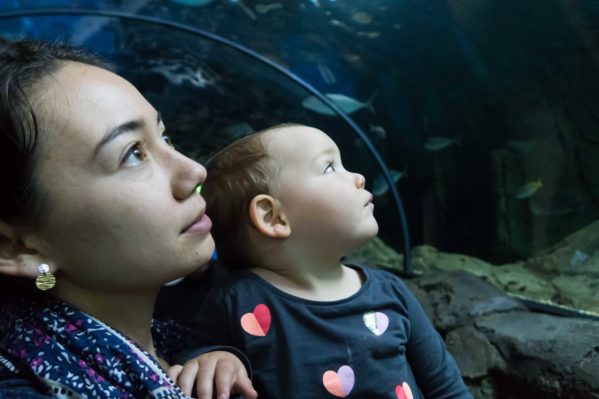
4. Wait for the wonder. Whether it’s a museum, aquarium, or some other indoor attraction, it exists because at least one wonderful exhibit is inside. When you find those locations, be patient, and wait for it to show on the faces of your family members.
I stood in front of the girls, patiently waiting for a sea creature to grab their interest. When this happened, I was ready to press the shutter. The photo above tells that story, and it leverages the natural light from above. Even better, it is a tight frame so you don’t see the 50 people behind them.
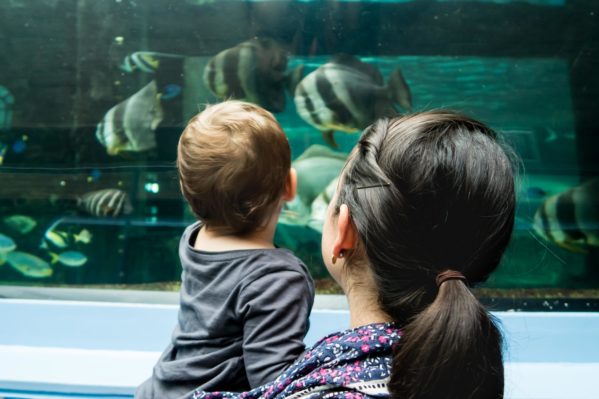
5. Shoot into the exhibit following your subjects sightline. There isn’t always time, or space, to position yourself in front of the family. And it isn’t always convenient to have them turn around. These are great opportunities to shoot into the exhibit and capture more context.
In the photo above, I asked EZ to stop in the ray of light from above. We all enjoyed watching the occasional fish, and then a large school swam by. You may not be able to see their faces, but you can tell that CZ is pointing out the fish by the way here left shoulder is raised. I already had some nice shots of their faces, and I like the way the fish and aquarium fill out the story for the page we put in the photobook.
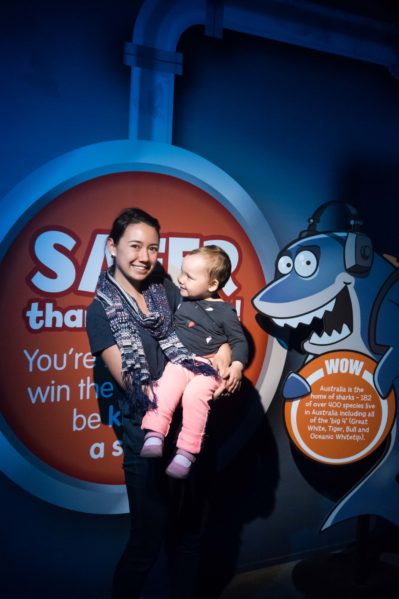
6. Leverage exhibit lighting setups. Even in dark exhibits, there are occasional spotlights to illuminate informational displays and placards. Position your subjects in these areas to take advantage of the free lighting equipment.
I spotted the location below as we walked toward the shark tunnels, and asked EZ to stop and pickup CZ. There wasn’t much to see here, so it wasn’t particularly crowded. While everyone passed by, I grabbed a quick photo of my girls. Earlier in the aquarium, there was a cool blue floodlight that I want to revisit for a more artsy portrait.
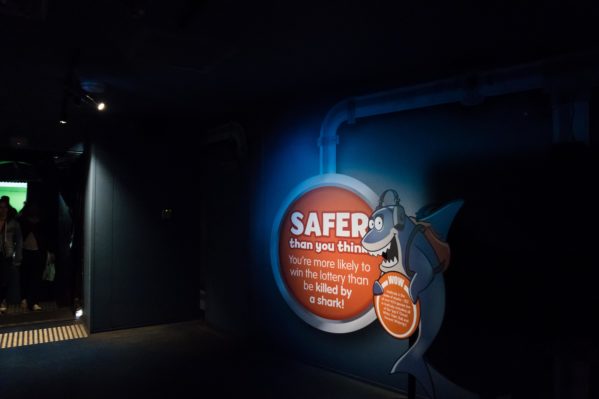
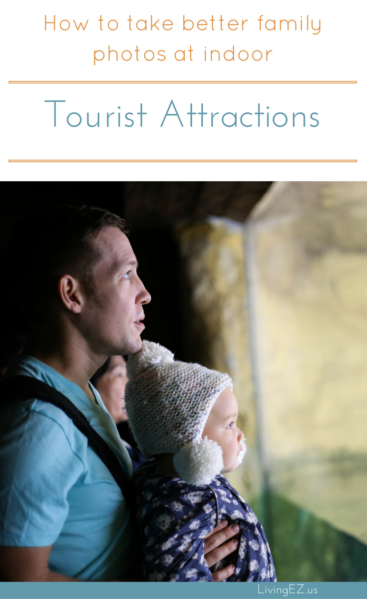
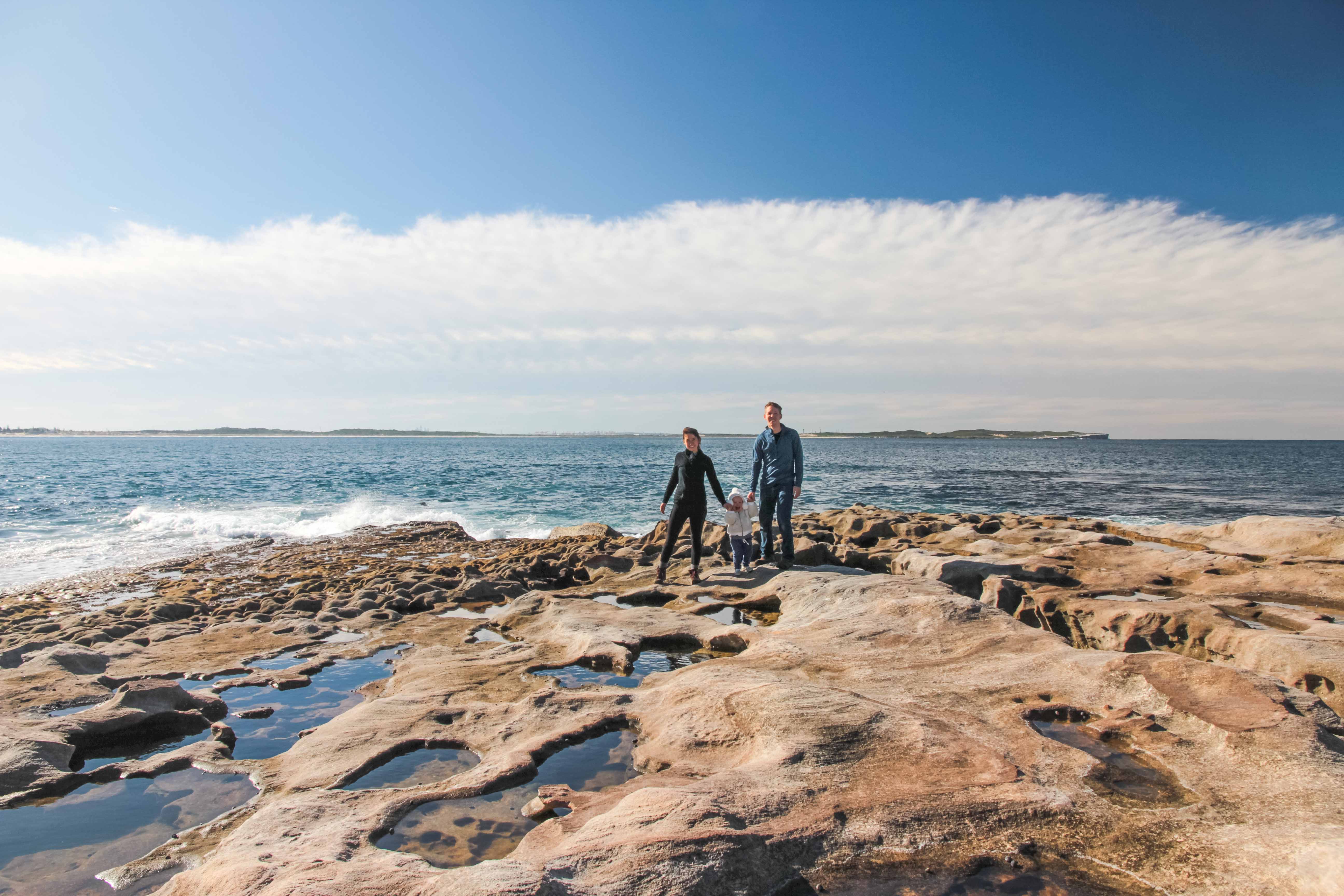
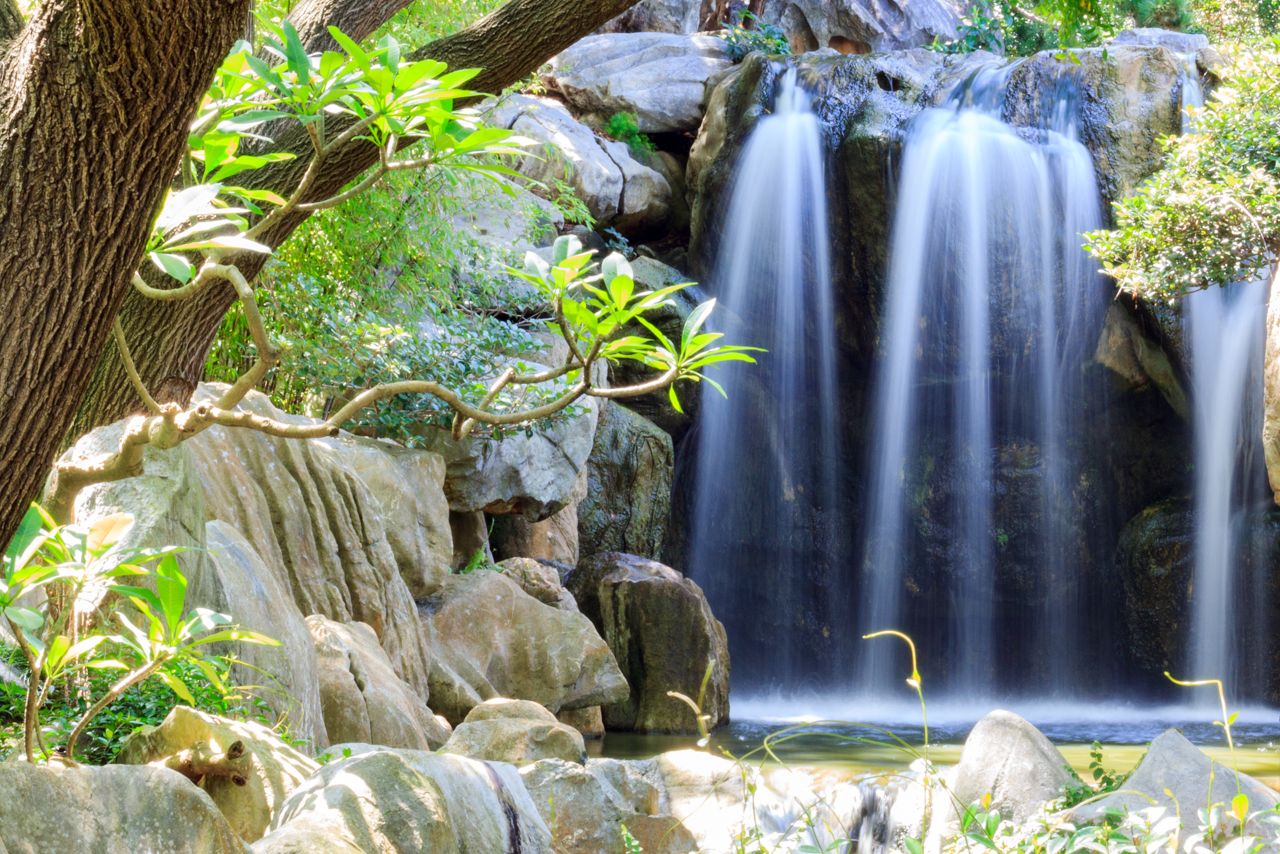
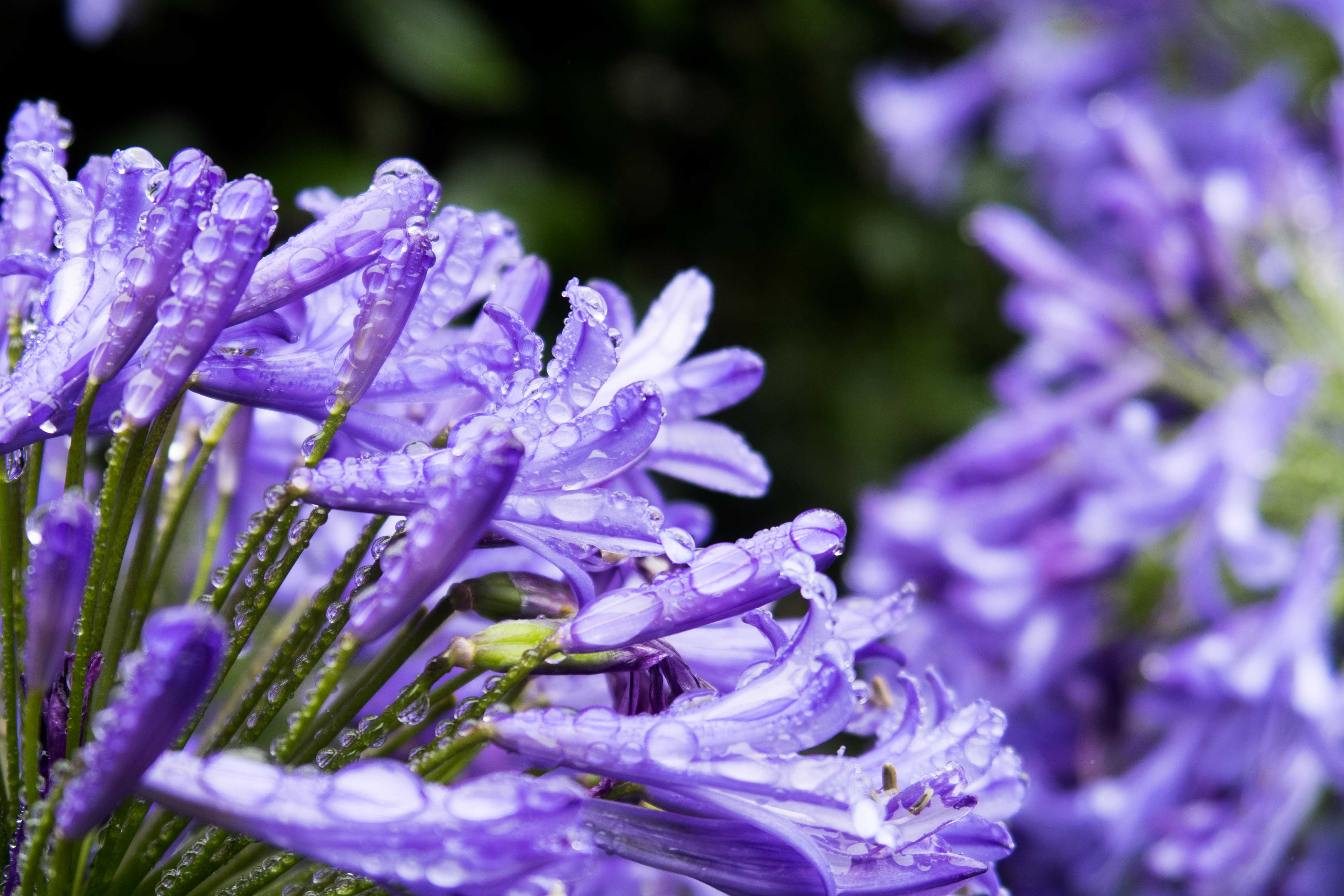
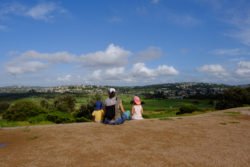
1 Response
[…] If you want to read up on our additional tips for getting the most out of your camera when indoors, check out this post. For this tour, I spent most my time in ISO 3200, aperture between 1.4 and and a shutter speed […]